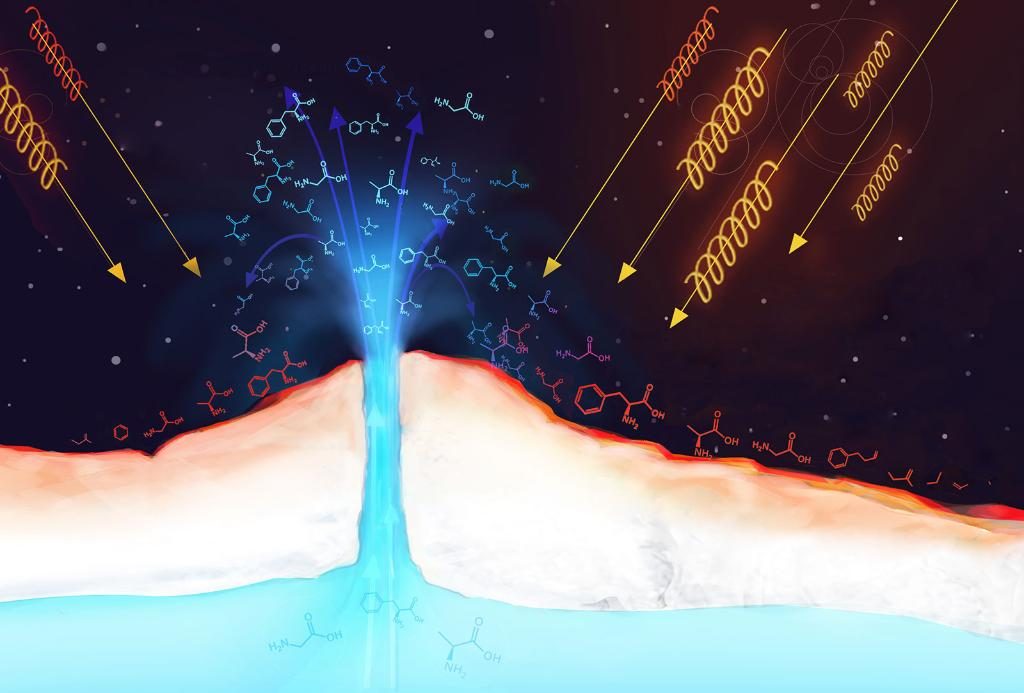A new extensive mapping of Jupiter moon Europa’s radiation pummeling has revealed to the researchers as to where they should look for and till what length they would have to dig deep when hunting for extraterrestrial life.
A new study conducted by a team of researchers represented an almost complete mapping and modeling of the radiation at Europa and provided major clues to the unsolved puzzled.
The study’s lead author, Tom Nordheim, a research scientist at NASA’s Jet Propulsion Laboratory, Pasadena, California, said in a statement, “If we want to understand what’s going on at the surface of Europa and how that links to the ocean underneath, we need to understand the radiation.”
By making use of the information received 2 decades ago from the flybys of Galileo of Europa and electron measurements through the NASA’s Voyager 1 spacecraft, the team of researchers closely analyzed the electrons that were blasting the lunar surface. They discovered that the doses of the radiation differ with respect to location. The regions surrounding the equator, get the most intense radiation whereas the regions near the poles, get the least radiation.
The co-author of the study, Chris Paranicas at the Johns Hopkins Applied Physics Laboratory in Laurel, Maryland, said in a statement, “This is the first prediction of radiation levels at each point on Europa’s surface and is important information for future Europa missions.”
Further, the researchers gauged the depth till which the radiation tends to penetrate into the surface. They also designed Europa’s most extreme radiation’s 3D models. The result told the researchers how deep they have to dig for finding biosignatures that may be preserved.
The depth varied from four to eight inches in the extreme radiation area to around 0.4 inches in the regions surrounding the two poles of the moon.
For achieving that inference, the researchers examined the impact of the radiation on the amino acids that are the fundamental building blocks of proteins, for understanding how the radiation of Europa would affect the biosignatures.
The co-author of the study, Kevin Hand, a Project Scientist of the Europa Lander mission, said in a statement, “The radiation that bombards Europa’s surface leaves a fingerprint.” Further, Hand added, “If we know what that fingerprint looks like, we can better understand the nature of any organics and possible biosignatures that might be detected with future missions, be they spacecraft that fly by or land on Europa.”


